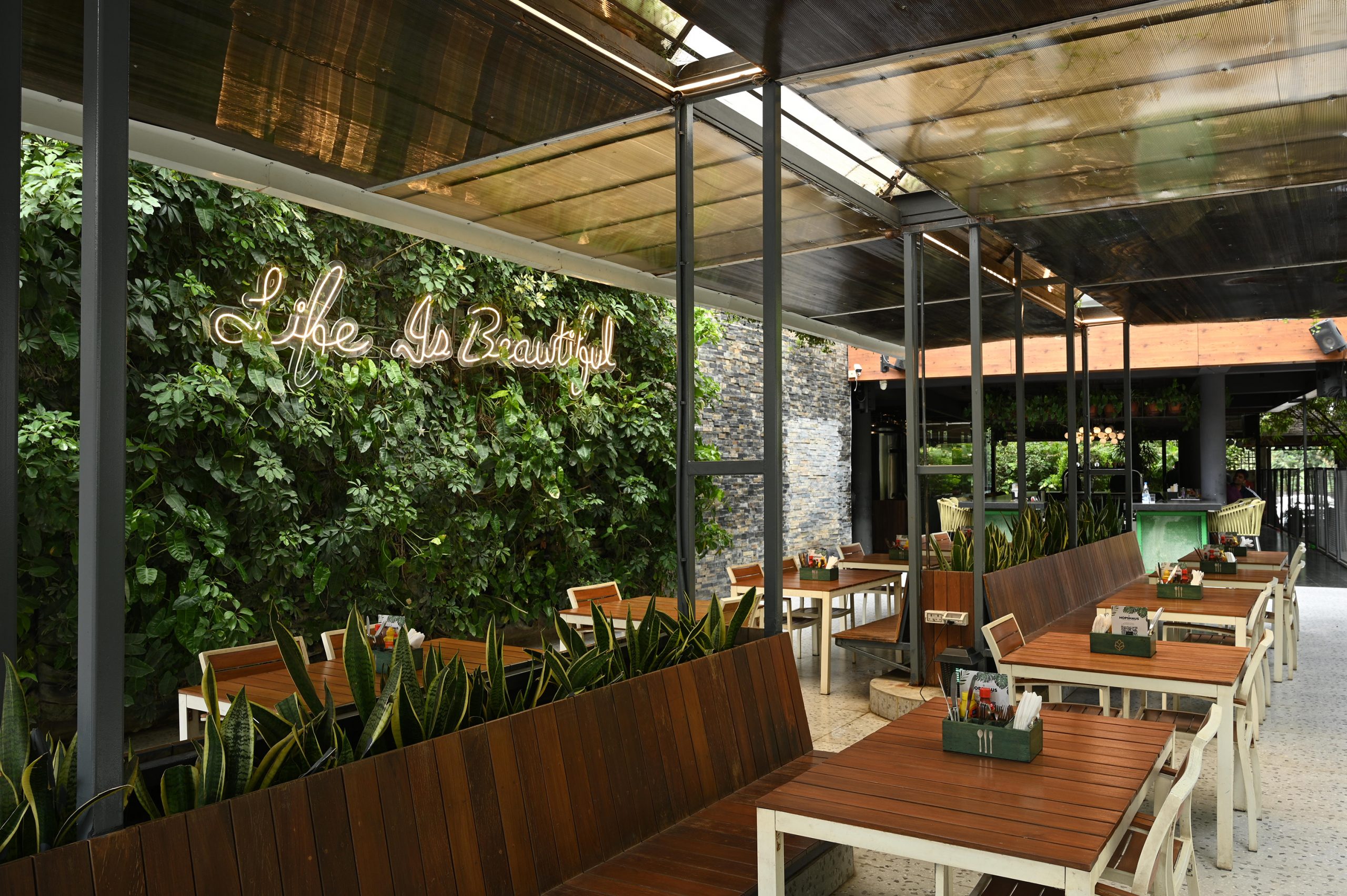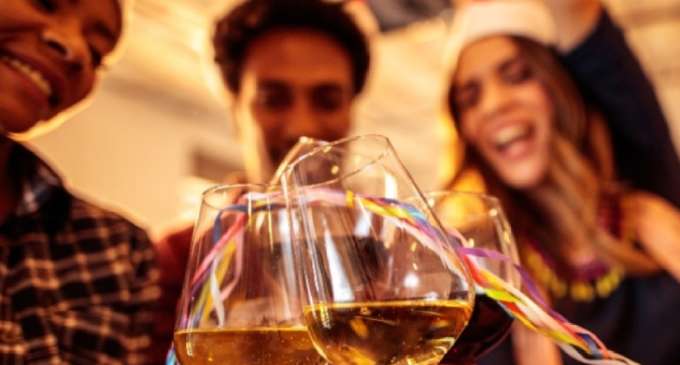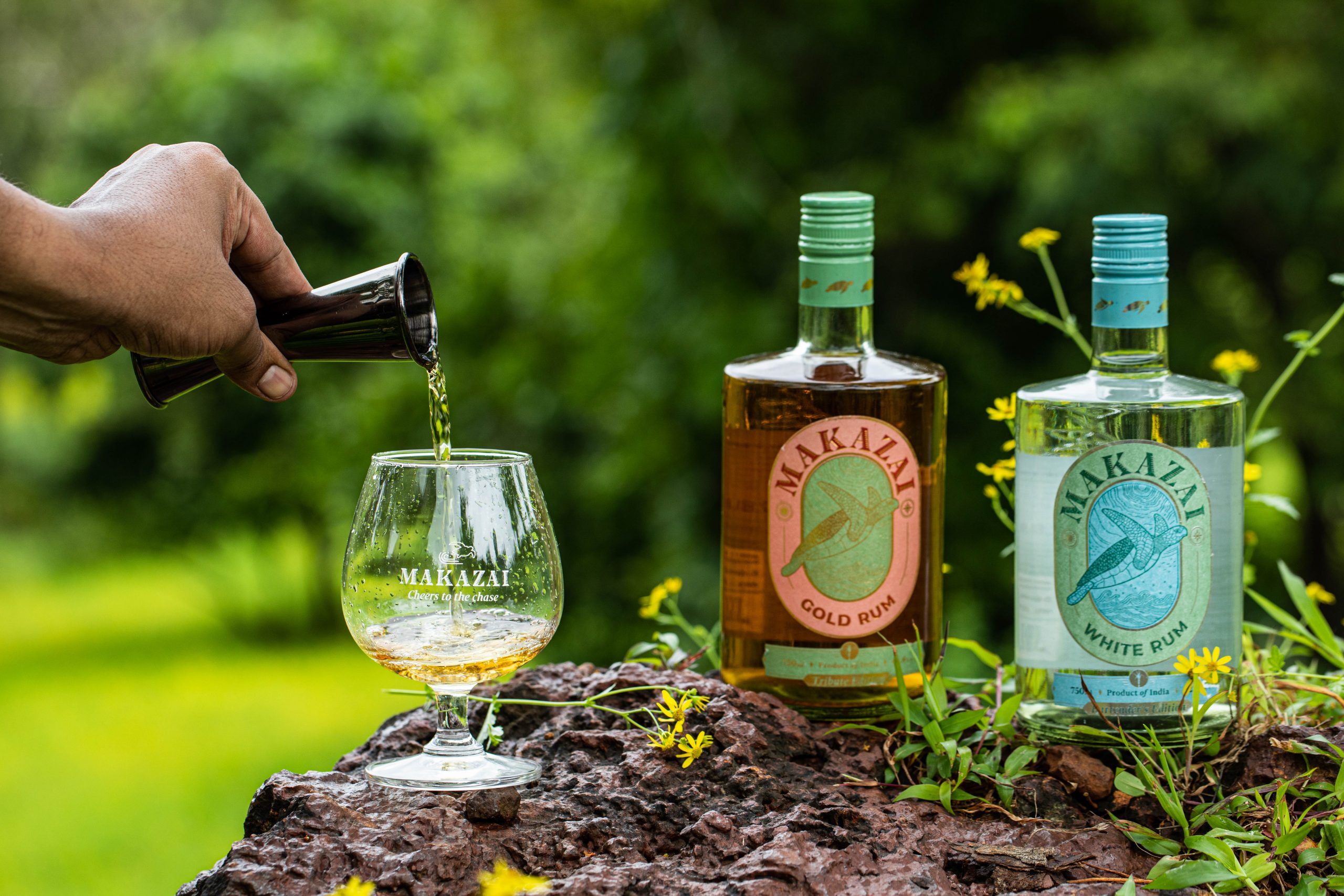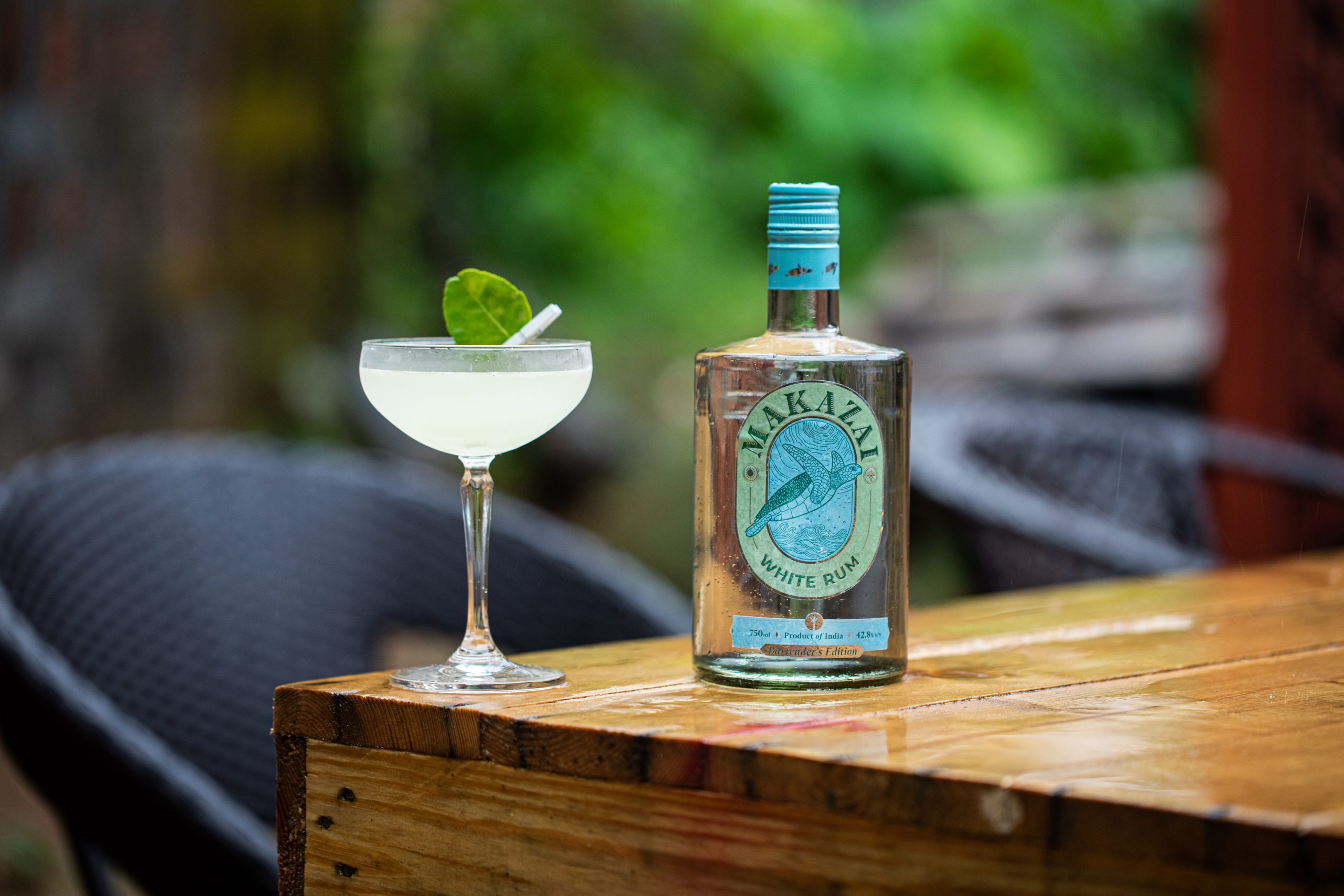After over-speeding and lane indiscipline, drink and drive is the third biggest reason for road accidents in India. One-third of males and one-fourth of females in India who have made it a part of their lives say, in surveys, that it causes problems to their physical health, finances and household responsibilities. But the incidents that took place over the past one month shows that alcohol is inseparable with the Indians. The reasons are obvious: India’s states, put together, earned about ₹2.25 trillion from taxes on alcohol in the most recent fiscal year.
State demand
For nearly all state governments, liquor revenues are a cash cow. There are four states that collected above ₹20,000 crore in taxes from the sale of liquor in 2018-19: Tamil Nadu, Uttar Pradesh, Maharashtra and Telangana. This should be seen in the context of their own tax revenues (as opposed to what they received from the central government). As many as 21 states, including several large states, derived more than 15% of their own tax revenues from the sale of liquor.
For north-eastern states, which lead in terms of the share of male population drinking alcohol, the contribution of liquor taxes to the exchequer is even higher. For example, in 2018-19, about 58% of Mizoram’s own tax revenues came from liquor taxes.
When the pandemic increased, lockdown was first announced, the Centre excluded liquor shops in the category of establishments that would stay open. It was not deemed to be “essential”. States also supported Centre’s stance. But as the days under the lockdown accumulated, and as the economy and tax collections slumped (with more money from the Centre not forthcoming), states started clashing with the Centre to allow liquor vends to reopen.
Individual demand
Indian men were happy too. According to the National Family Health Survey (NFHS) 2015-16, in India, 29.2% of men in the age bracket of 25-49 years drank alcohol. In other words, nearly one in three men in that age bracket is a consumer. The figure for women is significantly lower, at 1.2%, and there are only two states where this number exceeds 10% (Sikkim and Arunachal Pradesh).
The overall share of drinkers, in both genders, is lower than a decade ago. The 2005-06 NFHS reported that 32% of men and 2% of women in this age bracket drank alcohol. During this decade, 17 of 27 states and Union territories (UTs) show a slight decline in the share of the men consuming alcohol, with the largest declines seen in Punjab, Delhi and Kerala.
India has had a conflicting history with prohibition. States have been torn between the need for revenues and the broader problems its abuse created. As a result, they have been imposing dry days and some forms of control. Some states have taken the biggest step in imposing prohibition: Gujarat (since 1960), Nagaland (since 1989), Bihar (since 2016), Mizoram (since 2019), and in most parts of Lakshadweep.
But liquor also has a tipping point. Of about 467,000 road accidents in India in 2018, drunken driving was responsible for 12,018 accidents and 4,188 deaths. According to the WHO, globally, the chances of death in a road accident increase 17 times when a driver is alcohol-induced, compared to a sober driver. It’s dangerous even when one is not driving. In the UK, 48% pedestrians killed in road accidents had consumed alcohol.
Covid-19 may change many aspects of work, life and the economy, but India’s relationship with alcohol will likely remain intact. If anything, the linkages might get stronger.
















Leave a Reply